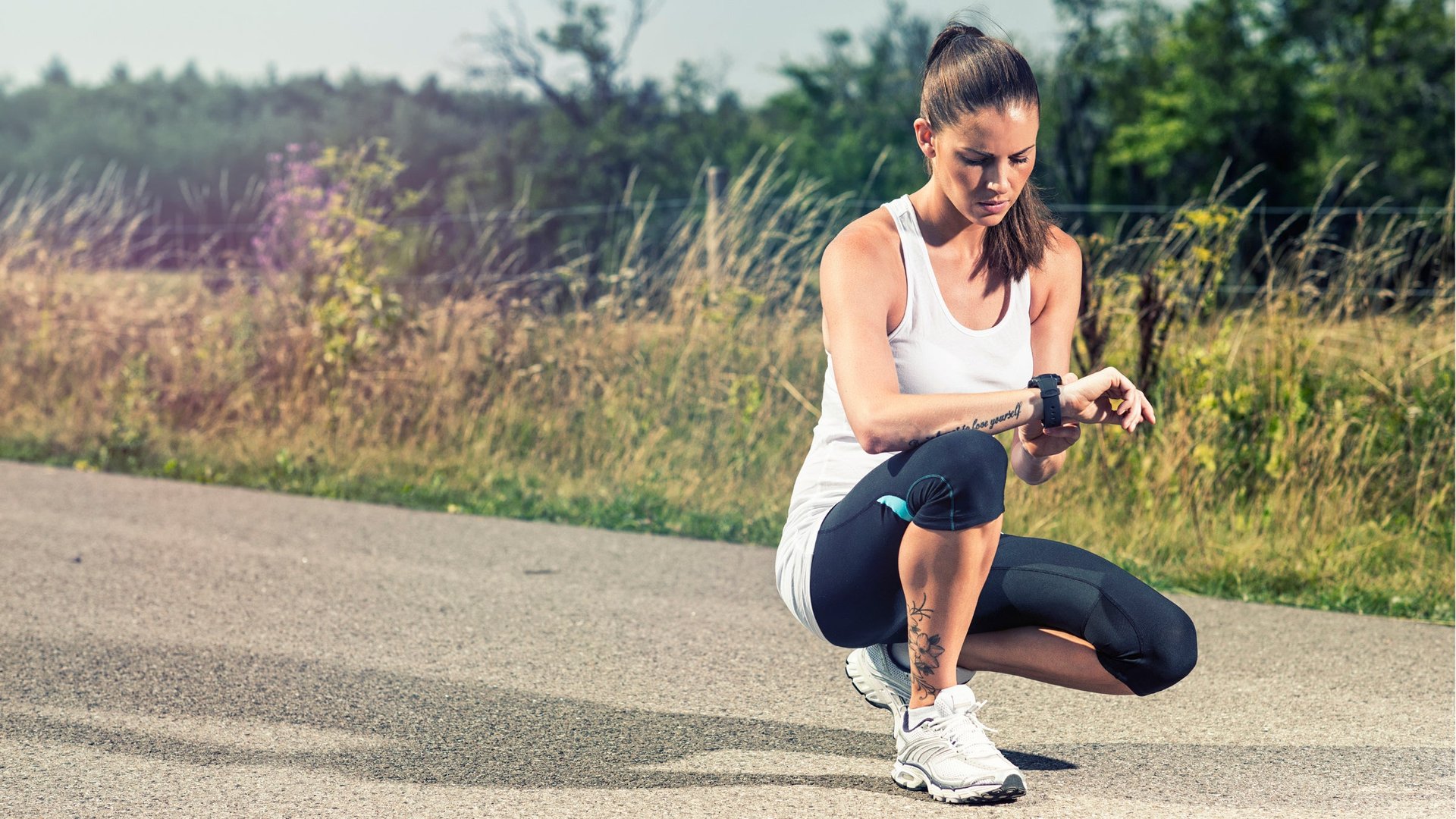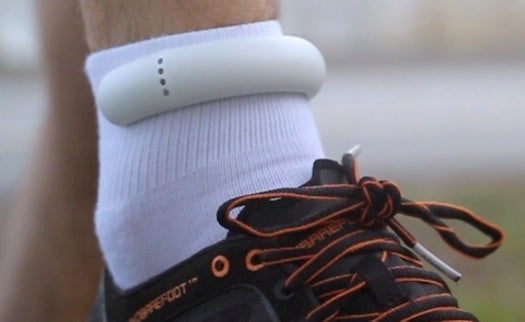New wearable technologies to ‘hybridize’ humans
Whether you’re a weekend warrior or a professional athlete, your coach is there to help you achieve your goals. Combining emotional support and tough love, alongside a regime built on practice and repetition, these individuals help teach good habits and continually push the limits of performance. But even the best coach can’t be with you 24 hours a day to monitor the intricacies of your training plan, until now. Today, wearable technologies are augmenting this hands-on approach, providing guidance around familiar areas like fitness and health, while creating new opportunities for feedback in our lives.


Whether you’re a weekend warrior or a professional athlete, your coach is there to help you achieve your goals. Combining emotional support and tough love, alongside a regime built on practice and repetition, these individuals help teach good habits and continually push the limits of performance. But even the best coach can’t be with you 24 hours a day to monitor the intricacies of your training plan, until now. Today, wearable technologies are augmenting this hands-on approach, providing guidance around familiar areas like fitness and health, while creating new opportunities for feedback in our lives.
Over the past week we’ve looked at how sensor technologies are being seamlessly integrated into products and apparel to monitor activities and offer specific advice, often in real-time. By analyzing our personal data, these technologies are improving everything from posture to marathon times through personalized recommendations.
As the computational solutions powering these devices become more compact, wearable tech can diminish in form and create new possibilities, according to Intel’s in-house futurist Brian David Johnson.
“The moment we’re no longer encumbered by a screen, things get really interesting,” he said. “What are the other ways that these devices will be literally knit into our clothes, and literally knit into our lives, that then we can act and interact with, and they can act and interact with each other?”
As these devices weave into the fabric of our daily experiences, this trend is creating new possibilities. However, according to Lama Nachman, senior researcher in Intel Labs, in order to be truly useful and relied upon, these technologies must not interfere with our everyday, natural interactions.
“A lot of the promise is in the notion of disappearing technologies,” said Nachman. “The devices that are enabling us to immerse ourselves in an environment, but not take away from our experience of being there.”

The idea of technology being always on without becoming a distraction may become an essential use-experience feature of coaching technologies and perhaps wearables generally.
“I want to start to get feedback from my devices that requires a minimal amount of attention and is very subtle in nature,” said Nachman. “I want to be sitting back having a conversation while my technology is augmenting me in a way that it can provide feedback without taking me away from the conversation that I’m having or from that activity that I’m in.”
She described what it would be like skiing.
“I don’t want to have to stop in the middle of the slope, take off my gloves and take out my phone. I want to make that so seamless to point where these things completely disappear from my body and I’m not even aware they exist.”
Once we move towards that, we start to open up very different types of interactions where the technology is always in the background helping us.
Having technology playing a supporting role in our lives is interesting, but the challenge is in thinking about the specific applications where the data captured could prove useful. Bill Hannon, Intel’s Senior Technical Marketing Engineer, explores potential scenarios for how these technologies might be used during sport matches.
“Wearables can provide tangible feedback that help correct or fine tune training,” he said. “For example, a player could be taught to calm down and focus their energy on more valuable aspects of the game to improve their overall approach.”

With wearables, the amount of data being compiled creates its own long and winding narrative. People simply want to have a better understanding of themselves and their performance, but may not know how to make sense of the information being gathered. Intelligent algorithms could help us make connections that we may otherwise never think to make: between ourselves, our performance, and even our environment.
Nachman said that having an intelligent algorithm by your side represents an unprecedented moment in history.
“Over time, as you collect data you start to see correlations between your own physiology and external parameters,” she said. “It is very hard to reach this level of analysis without continuous measurement over time. You could get very personalized and see the minute differences between people. If you start to measure not only what people are doing in terms of what type of training they’re performing, but how their body is reacting, it’s possible to create feedback for optimizing their run in very interesting ways.”
As sensor technologies become seamlessly integrated into the products and apparel that we own, we’re seeing new opportunities for continuous monitoring and coaching. As we think about hybridizing ourselves with these emerging forms of wearable tech, it’s possible that they will offer us new insights into ourselves, helping us not only understand the internal factors driving performance but the external factors as well, giving us the tools to push ourselves even further.
This article was produced by Intel and not by the Quartz editorial staff.